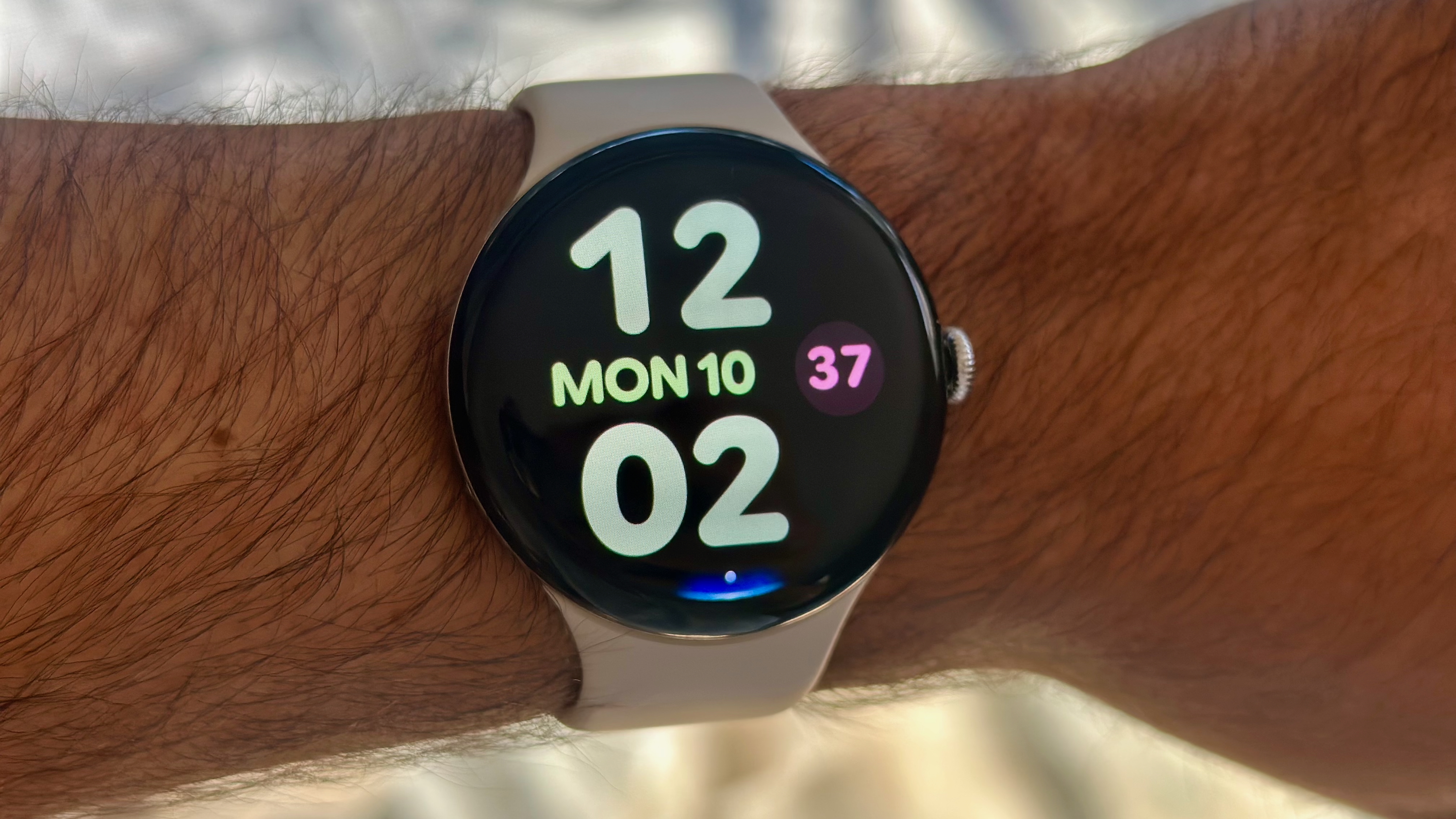Google Pixel 10 Pro vs. Pixel 9 Pro: Worth the upgrade?
With a Tensor G5 chip and magnetic Qi2, the Pixel 10 Pro is a great upgrade.

Impactful upgrades
The Google Pixel 10 Pro sports the same design as the Pixel 9 Pro, but gains a larger battery, new processor, a more eye-friendly display, and some exclusive AI features. It might be a hard-to-justify upgrade for Pixel 9 Pro owners, but the new processor alone unlocks some cool new capabilities.
Pros
- Same great design and price as the Pixel 9 Pro
- Tensor G5 is faster and better at handling AI tasks
- Features a larger battery, magnetic Qi2 and faster charging speeds
- Android 16 out of the box with Gemini and Google AI
Cons
- 128GB of base storage is too low
- No significant upgrades to the cameras
- Heavier than the Pixel 9 Pro

The king of small phones
The Google Pixel 9 Pro introduced Google's new design language for its phones, which carries forward on the 10 Pro too. The 9 Pro features some of the best AI features, has excellent cameras, long software update commitment, great haptics, and quicker charging than before. It's also expensive and the 128GB of base storage doesn't help its cause.
Pros
- Seven years of software support and updates
- The camera everyone loves, now better than ever
- Improved charging speeds (with the right charger)
- Superb haptics
Cons
- Tensor G4 isn't good for gaming and throttles hard
- The industry's lowest PWM dimming rate
- 128GB base model
Google finally gave us two sizes of its Pro series phones with the Pixel 9 Pro and Pixel 9 Pro XL last year. It was something Pixel fans have been asking for for years, but now, the question is how Google is elevating the experience with the new Pixel 10 Pro. The Pixel 9 Pro was a mature leap forward in design, and it had some of the best AI features to come in an Android phone.
As it turns out, Google addressed some of the Pixel 9 Pro's biggest flaws when making the Pixel 10 Pro. The new model has a faster chip, magnetic Qi2 charging, and higher PWM rate support. At the same time, the design is nearly identical between models. This begs the question when comparing the Google Pixel 10 Pro vs. Pixel 9 Pro — is it really worth the upgrade?
Google Pixel 10 Pro vs. Pixel 9 Pro: Design and display
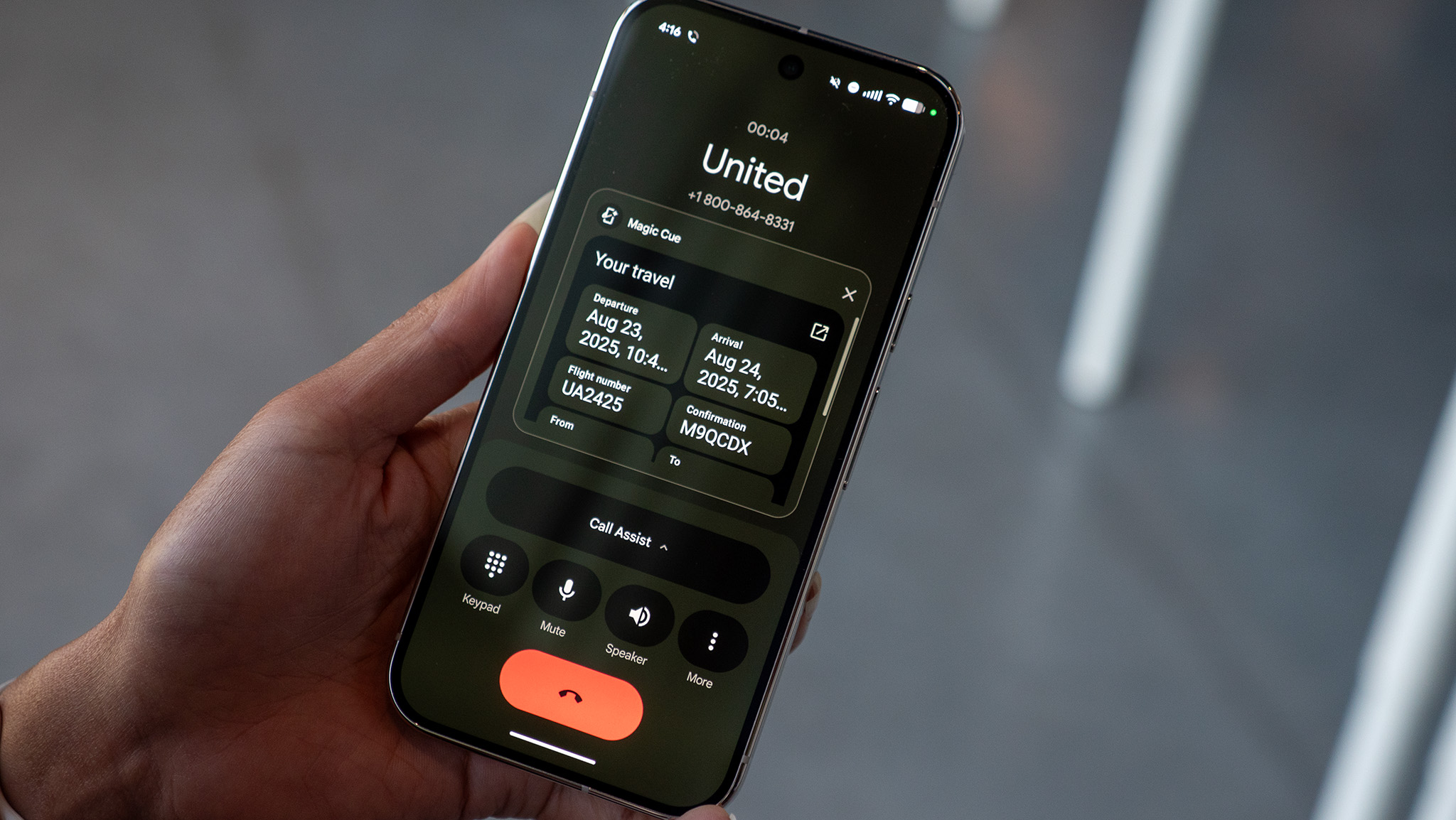
At a glance, you might not notice much of a difference between the Pixel 10 Pro and the Pixel 9 Pro. It's unsurprising that Google hasn't made any drastic changes to the design, as it underwent a major overhaul just last year. The highlights include a Pixel 10 Pro construction that's both thicker (8.6mm) and heavier (207g) than the Pixel 9 Pro (8.5mm, 199g). Considering the Pixel 9 Pro was already on the heavier side, this might be disappointing to some.
The Pixel 9 Pro is already built extremely well, so there wasn't much to change in the first place. The front and back have Gorilla Glass Victus 2 for scratch resistance, and there's an IP68 rating for dust and water resistance — that's true of both models. The protruding rear camera island didn't win over everyone, and it remains on the 10 Pro as well.
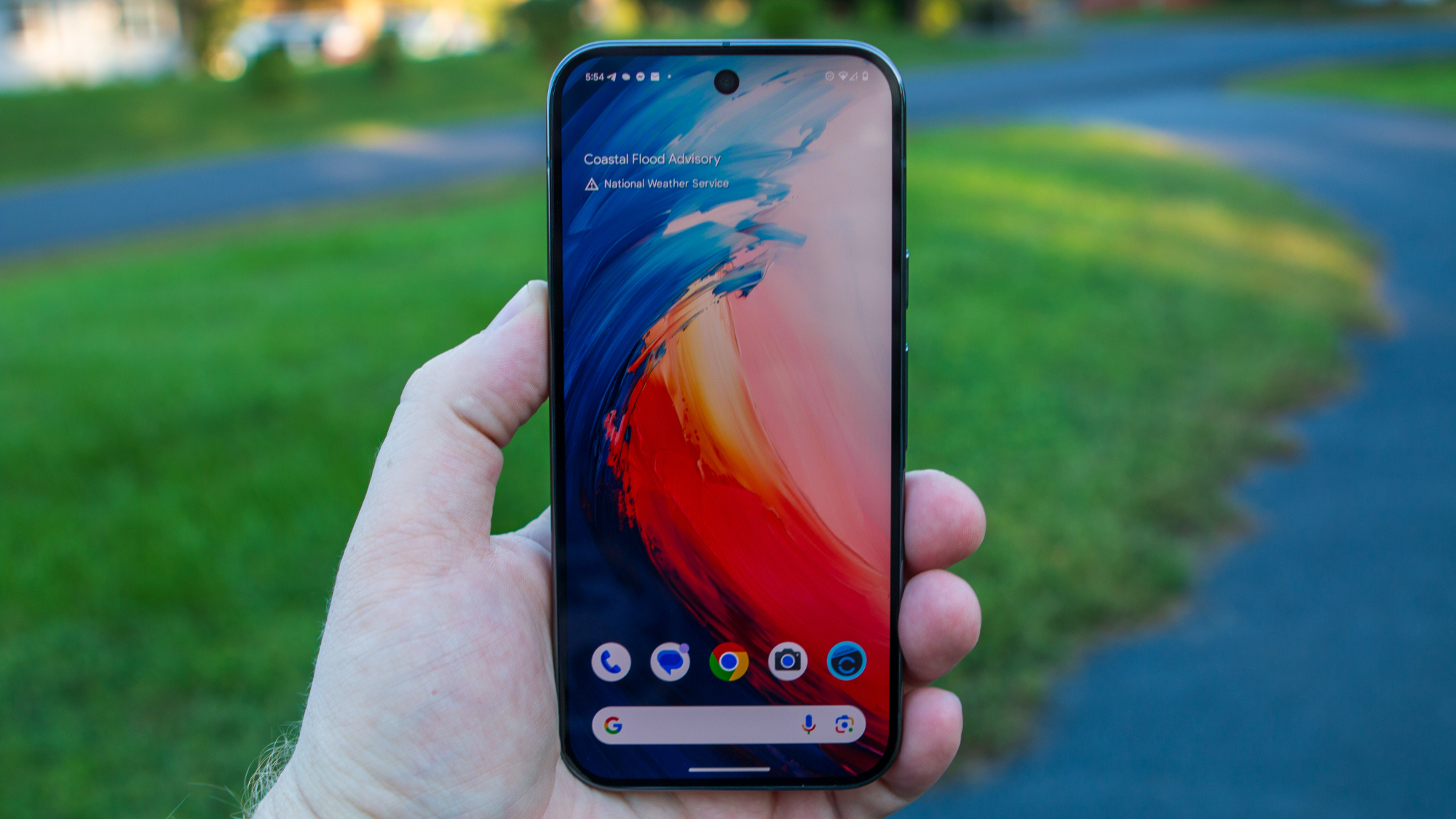
Both the Pixel 10 Pro and Pixel 9 Pro feature a 6.3-inch OLED display with a 120Hz refresh rate and a high pixel count of about 495 ppi. There were some things that could be improved, like the 3,000-nit peak brightness rating and the awful 240Hz PWM dimming rate, which can cause severe headaches if you're eyes are sensitive to flicker.
The Pixel 10 Pro's display isn't much different, as we're looking at the same size, resolution, and refresh rate. However, Google did improve the PWM dimming issue on the 10 Pro. Additionally, Google upped the Pixel 10 Pro's peak brightness rating to 3,300 nits to create a bit of separation between the new and old model.
Google Pixel 10 Pro vs. Pixel 9 Pro: Hardware and specs
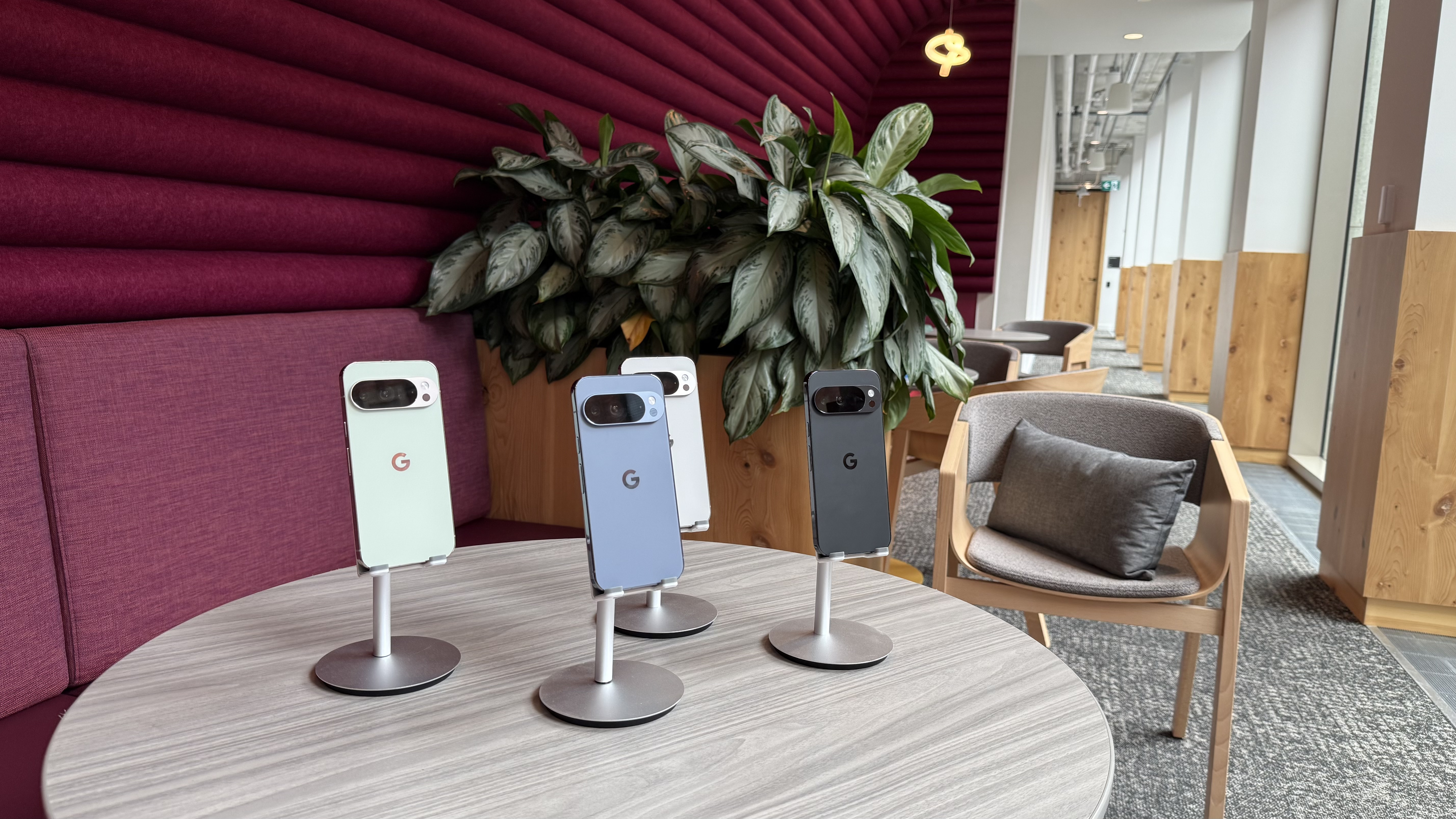
The price of the smaller Pixel 10 Pro remains the same, and that's good to hear considering Google raised it just last year. You're looking at $999 for the 10 Pro's 128GB configuration, and there'll be three more storage tiers after this, topping out at 1TB. Some may be disappointed that the Pixel 10 Pro still starts with 128GB of storage, but on the bright side, we now get 16GB of memory as standard.
Get the latest news from Android Central, your trusted companion in the world of Android
The Pixel 9 Pro is still sold at the above prices at most places, unless you purchase it during a sale or through your carrier. After the Pixel 10 Pro hits shelves, though, the 9 Pro's price will come down. Whether it makes a good deal or not totally depends on the discount, but if it's not more than $100, you might as well spring for the 10 Pro.
Category | Google Pixel 10 Pro | Google Pixel 9 Pro |
|---|---|---|
OS | Android 16 Seven years of OS upgrades | Android 14 (upgradeable to Android 16) Seven years of OS upgrades |
Display | 6.3-inch 120Hz Actua OLED, 1280 x 2856, HDR, Gorilla Glass Victus 2, 3,300 nits peak | 6.3-inch 120Hz Actua OLED, 1280 x 2856, HDR, Gorilla Glass Victus 2, 3,000 nits peak |
Processor | Tensor G5 | Tensor G4 |
RAM | 16GB | 12GB |
Storage | 128GB/ 256GB/ 512GB/1TB | 128GB/ 256GB/ 512GB |
Rear cameras | 50MP main + 48MP telephoto + 48MP ultrawide with Macro Focus | 50MP main + 48MP telephoto + 48MP ultrawide |
Front camera | 42MP | 42MP |
Ingress protection | IP68 | IP68 |
Connectivity | Global 5G, Satellite SOS (U.S.), Wi-Fi 7, Bluetooth 6, NFC, eSIM only | Global 5G, Satellite SOS (U.S.), Wi-Fi 7, Bluetooth 5.3, NFC, physical SIM tray |
Security | Ultrasonic fingerprint sensor | Ultrasonic fingerprint sensor |
Battery | 4,870mAh | 4,700mAh |
Dimensions | 152.8 x 72 x 8.6mm, 207g | 152.8 x 72 x 8.5 mm, 199g |
Colors | Moonstone, Jade, Porcelain, Obsidian | Porcelain, Rose Quartz, Hazel, Obsidian |
The Pixel 10 Pro is powered by the Tensor G5 SoC, which is the most powerful — and the most custom — piece of Google silicon to date. It's built using an advanced 3nm process note from TSMC, the same as Apple and Qualcomm. This results in impressive performance gains. Google claims the CPU in the Tensor G5 is 34% faster on average than the Tensor G4. For AI-based tasks, the tensor processing unit (TPU) is said to be up to 60% more powerful.
The Google Pixel 10 Pro also boasts a slight improvement in battery capacity, to 4,870mAh, and a quicker wired charging speed of 29W. It's not much compared to what the competition offers, but it's a step in the right direction for Pixels. The cameras, on the other hand, are expected to remain largely unchanged. We have new AI features, and a custom image-signal processor (ISP), but there aren't any significant changes to the sensors.
The Pixel 9 Pro doesn't perform well in heavy gaming, as the Tensor G4 chip throttles quite noticeably. It's more efficient than the G3, but not a lot more powerful as far as raw performance goes. The cameras on the Pixel 9 Pro are fantastic and can deliver superb details and colors in pretty much all lighting conditions.
The haptics were something that really stood out, too, when we reviewed it. Battery life is also greatly improved over the Pixel 8 Pro thanks to the more power-efficient SoC and optimized software.
Google Pixel 10 Pro vs. Pixel 9 Pro: Software
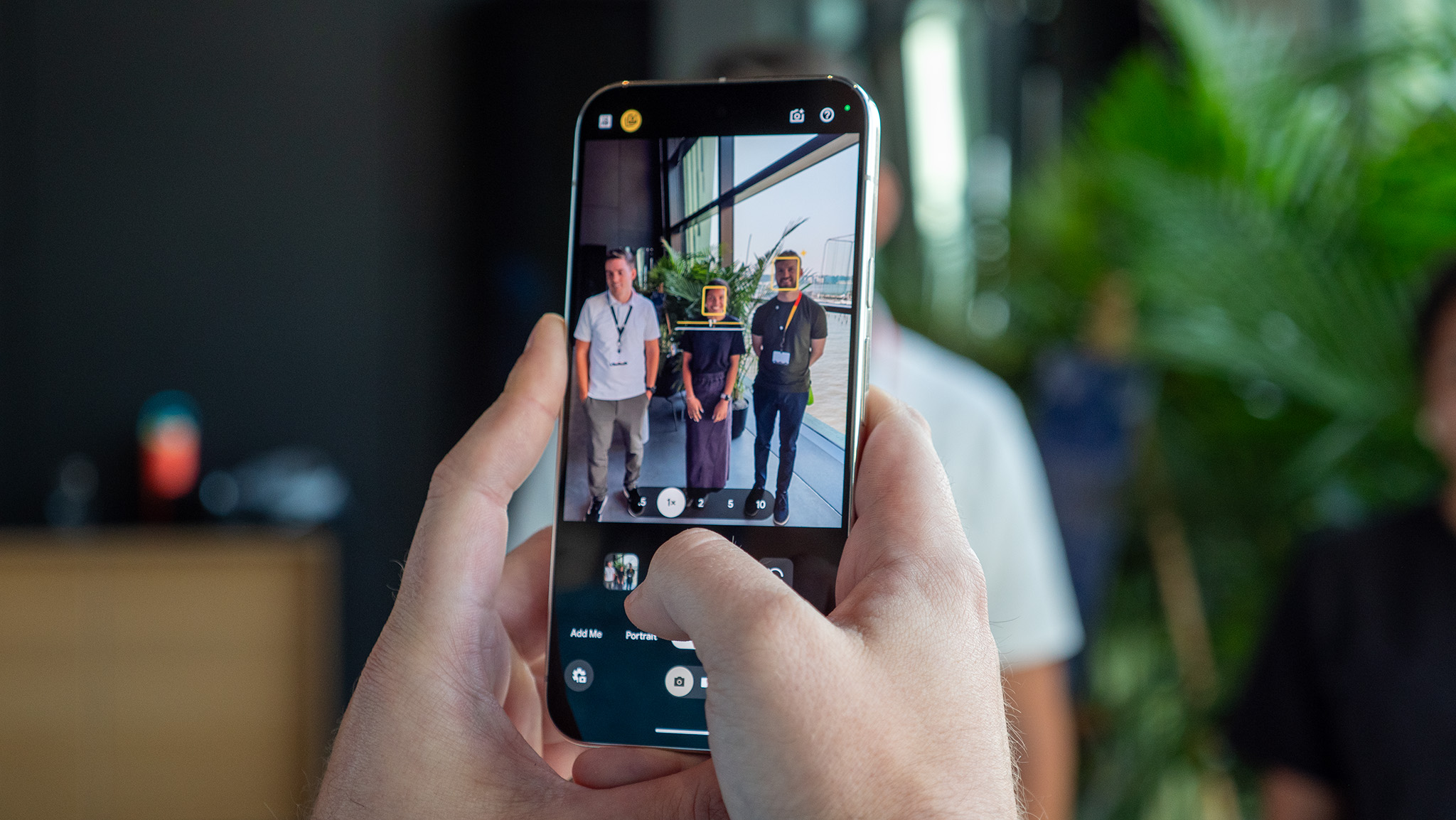
The Pixel 10 Pro ships with Android 16, along with the Material 3 Expressive design language. You also get seven years of software updates which includes OS upgrades and security patches. The Pixel 10 Pro could potentially get two more Android versions than the Pixel 9 Pro since the latter launched with Android 14 instead of Android 15 or 16.
With the Pixel 9 Pro, we saw it get exclusive AI features like Add Me and Video Boost. These exclusive features are usually bound by the hardware in the phone, which is why they don't make it to previous generation models. For the Pixel 10 Pro, the key feature to know about is called Magic Cue. It's an AI-powered tool that surfaces the information you need, when you need it, without you even needing to ask.
There are other cool Pixel 10 Pro software tricks, like Camera Coach. This feature uses Gemini models built into the camera to help you frame your shot and get the best result. As always, there's Gemini at the heart of the experience, and a robust Gemini Nano model running on-device.
Google Pixel 10 Pro vs. Pixel 9 Pro: Which one should you buy?
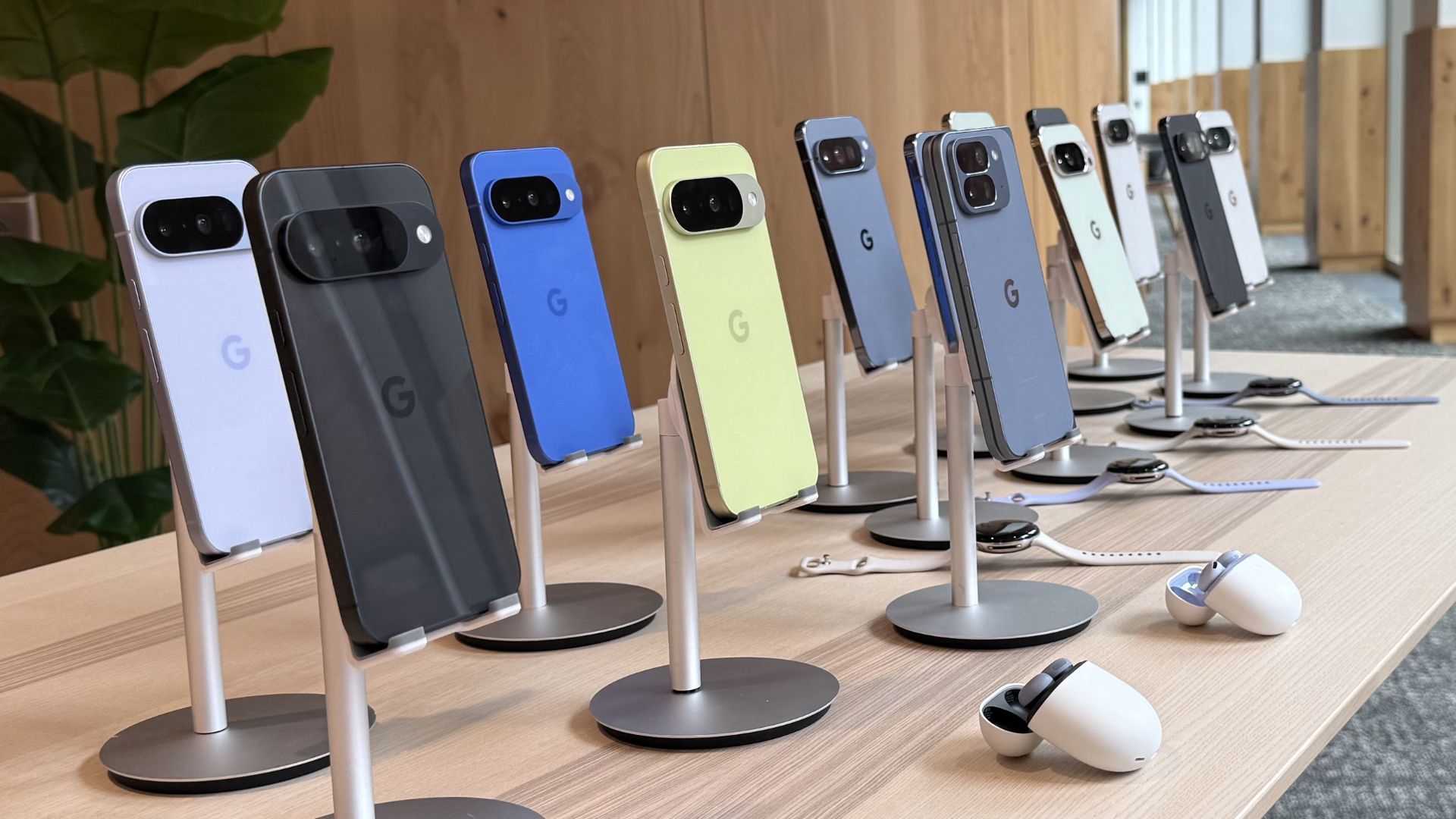
If you've skipped the Pixel 9 Pro in anticipation of something better in 2025, my vote would go to the Pixel 10 Pro. Considering it comes in at the same price as the Pixel 9 Pro and with pre-order bonuses, the Pixel 10 Pro is worth getting over the 9 Pro at the same price. The improved performance of the Tensor G5 and the slightly larger battery with magnetic charging alone are worthwhile quality-of-life upgrades.
Gaming performance and the low PWM dimming display were our biggest gripes with the Pixel 9 Pro, but if these things don't bother you, you should wait for a price drop on the 9 Pro if you don't want to pay sticker price. The Pixel 9 Pro is still one of the best Android phones that has a lot going for it and is easier to recommend in 2025 if you can find a good deal. You won't be sacrificing too much over the 10 Pro, apart from maybe some AI features, slightly better battery life, and better gaming performance.

A well-rounded flagship
Google's Pixel 10 Pro takes the same design from the Pixel 9 Pro and overhauls the internals. There's a faster Tensor G5 chip with a custom ISP, a bigger battery with magnetic Qi2 charging, and Bluetooth 6 support. Overall, this just might be the Android flagship to beat in 2025.

Wait for a price drop
The Pixel 9 Pro continues to be a solid flagship in 2025 but with the Pixel 10 Pro here, you should not pay full price for it. Wait for Google to officially drop the price or buy it during a sale only.

Roydon has been writing about personal technology for 10+ years, and has covered everything from news, reviews, features, to on-ground coverage of big trade shows like CES. He's passionate about mobile technology and computing, dabbles with photography, and is still struggling to work his way through his Steam and PS4 game library.
You must confirm your public display name before commenting
Please logout and then login again, you will then be prompted to enter your display name.
